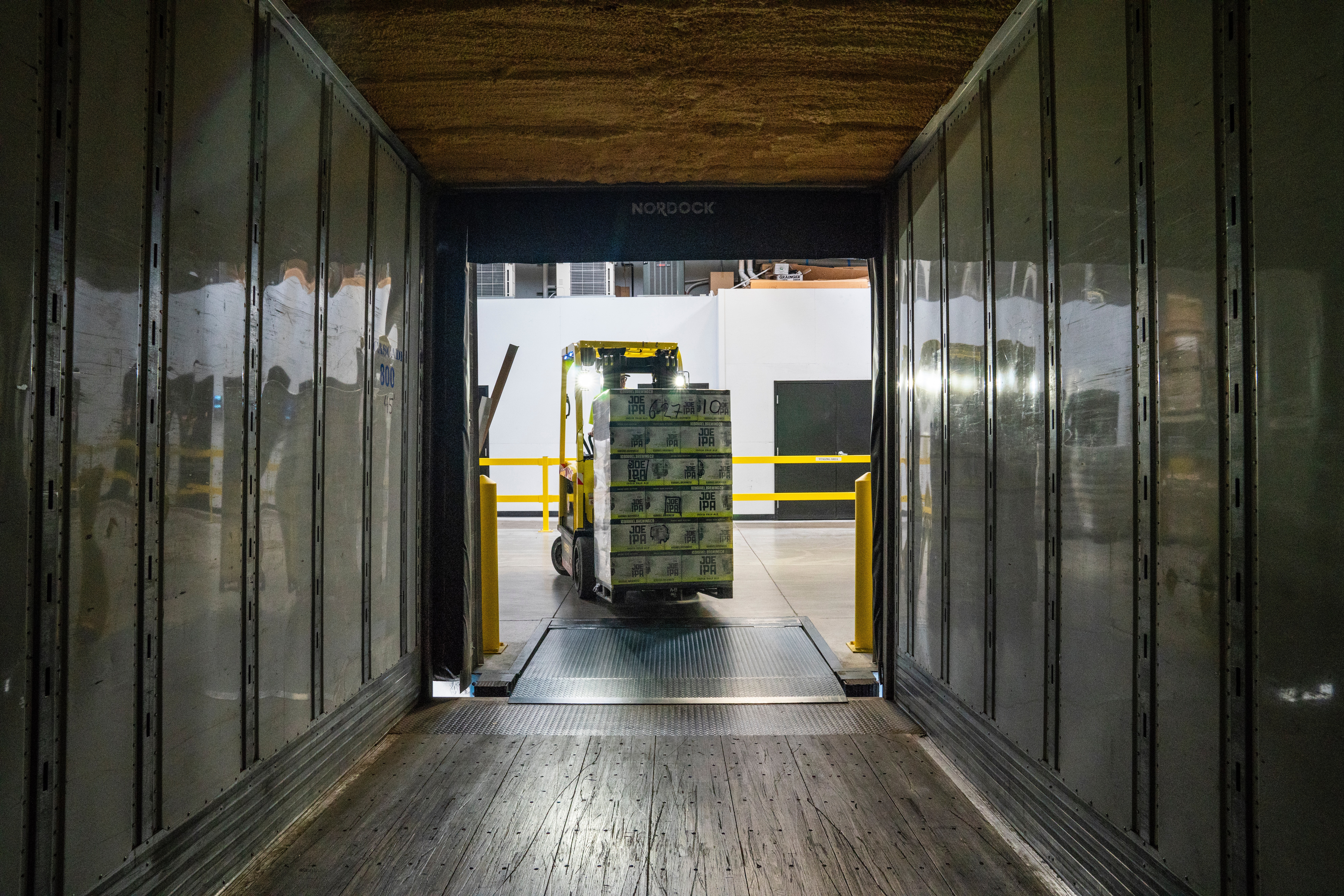 During the pandemic, a host of new Internet of Things (IoT) use cases has popped up, requiring robust security protocols, strong connectivity, and real-time data storage. These include remote work, remote learning, and increased streaming video and video games. Online shopping is an additional use case that has required companies, their warehouses, logistical organizations (like shipping companies), and manufacturers to maintain 100% uptime and connectivity.
During the pandemic, a host of new Internet of Things (IoT) use cases has popped up, requiring robust security protocols, strong connectivity, and real-time data storage. These include remote work, remote learning, and increased streaming video and video games. Online shopping is an additional use case that has required companies, their warehouses, logistical organizations (like shipping companies), and manufacturers to maintain 100% uptime and connectivity.
Another more imperative use case is telemedicine, which has exploded this year. In fact, Boston-based Forrester has forecasted that patients will schedule more than one billion virtual health visits this year alone. Where there is increased demand in data transfer, storage, and encryption, there have been major changes in how IT departments design the data storage that enables these use cases to work so smoothly for users; here are some ways the pandemic is changing and impacting IoT data storage.
Automation in Supply Chains
While many of these use cases will eventually become more automated with sophisticated software and robotics, the fact of the matter is that they remain largely manual today. The supply chain’s need for seamless distribution and fulfillment is incredibly demanding for data storage, especially during the pandemic. Pre-pandemic, data requests would enter a central data center that would handle where the request was sent to: usually to the data center closest to the consumer with the largest supply of stock. This enabled customers to receive packages with two-day shipping.
When the pandemic began, however, most retailers saw their shipping logistics become less reliable and more complex. Customers were irate at packages delivered a month and a half too late, not to mention the constant lack of toilet paper supply available to buy online. But as the pandemic has continued, online shopping has exploded, and humans have had a difficult time keeping up with technology.
Too many orders are coming through the system, and mail carriers, those who are responsible for carrying the package “the last mile” to the customer, are absolutely overwhelmed and exhausted from working overtime every day for the past eight months. With automation, robots can deliver smaller, less dangerous packages the last mile. But these new tools require more robust data storage at every step of the data journey.
Better Connectivity
Data storage is intimately connected to data connectivity. It directly impacts speed, bandwidth, and reliability across the entire network. Being able to access data whenever needed, for real-time analysis is critical and quickly becoming commonplace.
The closer to the source that the data is, the faster it moves for analysis, insights, and value. As a result, data infrastructure must meet the demand for data to be transferred, received, stored, and analyzed on demand. If your enterprise works with a variety of IoT devices, it’s important to consider using specific and specialized storage solutions so that your data is handled properly through the entire data journey. Edge computing is a great solution to look into, as it provides less latency, faster analysis, and savings on data storage solutions.

The Rollout of 5G
5G is one of the most exciting emerging technologies, and its rollout is imminent across the world. Many large cities are already benefitting from the ramped-up speeds that 5G brings, but many nations don’t have access to this technology yet. As work becomes increasingly remote across the world, reliable, high-speed, and low-latency connections are necessary, even if the person is on the road.
5G is also vital for industrial IoT needs, like autonomous manufacturing processes, factory floor machine maintenance, and more powerful processing requirements. Robots, cameras, and transportation routes are other use cases for industrial IoT enterprise data storage.
No More General-Purpose IoT Architecture
Many businesses implemented their IoT applications with general-purpose architecture. Pre-pandemic, this was the norm, and it wasn’t too bad of a solution. But these general-purpose architectures cannot meet the increased data transfer and IoT workload that each enterprise’s application has been inundated with since the start of the pandemic. General-purpose architecture fails to provide adequate enough scalability, reliability, accessibility, and capacity, all of which were impacted greatly by the pandemic.
General-purpose architecture also fails to account for the various tribulations that an IoT system can face due to external circumstances; it cannot adapt according to human-centered problems that overflow into the IoT system. On the other hand, purpose-built architecture utilized solutions, systems, devices, and platforms to maximize data storage for real-time hiccups to the IoT system. Data storage is at the heart of any emerging technology, and it’s imperative that IoT systems are designed with data storage in mind. It cannot be an afterthought. Data storage must be addressed early on and frequently during and after an IoT system’s implementation.
What’s The “New Normal”?
Data storage is the foundation of many of our new habits and hobbies, as well as an indispensable part of the “new normal” for healthcare providers and patients. Data storage impacts businesses, individuals, supply chains, human-machine interactions, machine-to-machine communications, and emerging technologies like AI, 5G, and IoT.
To stay pandemic- and future-proof, make sure you’ve got a unique data storage solution that can scale and adapt to your enterprise’s and your customers’ changing needs.






